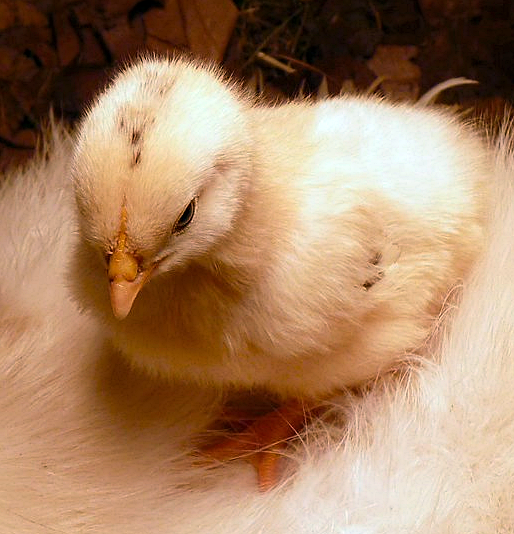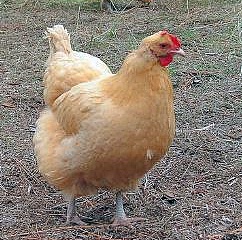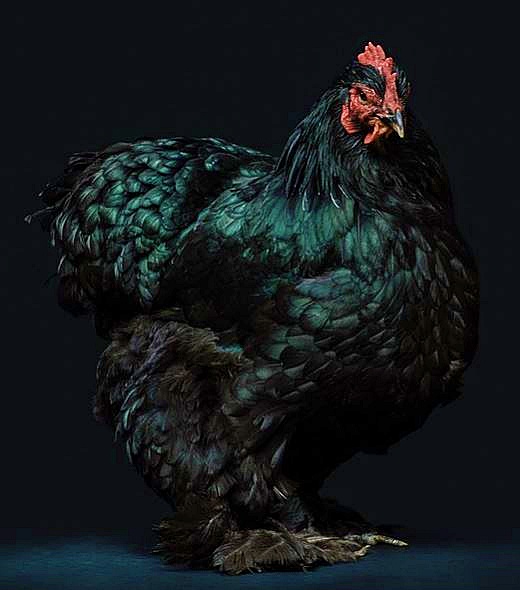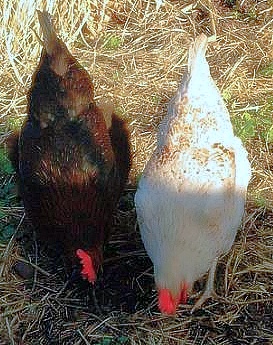CHICKEN FEED – WHAT TO FEED AND WHEN
Chicken Feed – there are so many brands with differences in ingredients and presentation. There are also different feed types within the same brand name. It can be quite confusing, especially if you are a first-time chicken owner. What is the difference between unmedicated and medicated? When do you feed mash? Can you give all chickens the same feed? It can be a mission to wade through all the information to find out what you need to know. We take a look at some of the more common feeds and give you some insight in to what to feed and when.

Starter Feed
Chicken
starter looks a little like sand and is small grains of high protein grains. This
is feed that you give to your newly hatched baby chicks. The chicks need higher
protein at the start of their lives to grow quickly and stay healthy. Your
chicks will stay on this feed from 1 day old to around 4 to 6 weeks old. Your
chicks only need starter feed and water at this point. Check that the feed
contains at least 20% protein. By 6 weeks, they need to move on to the next
level of feed to avoid liver damage.
Grower Feed
The next step up from starter feed is grower feed. Chicks start on this feed from 4 to 6 weeks. This type of feed contains less protein than the starter feed. This will be the staple diet of the chicks until they reach egg laying age. Grower feed is usually available as a pellet or a crumb. The protein content in this food is between 15% to 18% usually and is perfect for your growing chooks. Once they reach the egg-laying stage,however, they need to move on to a feed that is higher in calcium.

Layer Feed
Layer feed is specially designed to cater to chickens that are laying eggs. It is higher in calcium to ensure there is enough available to keep shells hard and easy to pass. This type of feed should only be used for layer hens. The high calcium content can be harmful to chickens that do not fall in to this category. Layer feed usually contains other vitamins and minerals to improve egg laying and keep your hens healthy.
Mash
This mostly refers to the texture and processing of the chicken products. Mash is a fine product, usually made up of unprocessed ingredients. It can be mixed with water to make up a porridge type feed, however, this can ferment quite quickly.
Crumble
Crumble is a coarser version which presents in small clumps. This is the mid-point between mash and pellets. Some people prefer crumble to pellets and that’s fine. Essentially, it doesn’t make a huge difference to your chickens health, but can result in a little more wastage.
Pellets
Pellets are a more refined version of chicken food. This is basically compressed chicken food which presents as small cylinder shaped pellets. There is less wastage when using pellets, they are also easier to serve and store. Most people move on to the pelleted foods as soon as their chooks are old enough to eat them. Pellets are best served in a Dine-a-chook Chicken feeder.
Broiler Feed
Broiler feed contains very high levels of protein. It is not recommended for your normal back yard chickens. Feed such as this is usually used to promote rapid growth with minimal concern to overall health. Broiler feed is usually used to promote fast growth in chickens grown for the meat industry. There are 3 types of broiler feed : starter, grower and finisher. Broiler feed is not recommended if you are wanting chickens for eggs or as pets. This is essentially a feed to allow the chickens to grow rapidly and be full grown in 2 months.

Game Bird Feed
This is another high protein chicken feed, but it does not contain as high levels as the broiler feed. Game bird feed is usually fed to show chickens to make them put on a little weight as well as add more lustre to feathers etc. In an elderly flock, this type of feed can also be used to help older chickens put on a little weight if they are looking scrawny. Game bird feed is a more expensive feed. This type of feed not recommended for a staple diet for backyard chickens.
Grit for chickens
Shell grit is an essential part of a layer hen’s diet. Grit provides extra calcium to ensure firm, nicely shaped, clean eggs. The grit also helps with digestion. Even non-layers need some grit in their gizzards to help break down and digest the food they eat. Put out a bowl of grit and your chickens will help themselves to how much they need. Serve grit separately to the normal chicken feed.
Scratch
This chicken food is exactly what it sounds like. Scratch is a fun feed to serve as a treat. It should not be used as a daily staple food. It is very cheap and consists mainly of corn. Chicken scratch has little nutrient value but is high in fat. This is a good treat in winter time when the chooks may need a little extra fat for keeping warm. It is not something you should feed as a staple. Throw a little down for your chooks to scratch up and enjoy as a treat once in a while.

Fermented Feed
You can make up your own fermented by mixing warm water with your preferred chicken feed in any airtight container. Let it stand in warm to hot conditions for between two and five days. This causes the feed to ferment. The benefits of fermentation is that the chemical process that occurs causes beneficial bacteria to develop in the feed. It also makes the food easier to digest and improves the uptake of various enzymes and vitamins. Fermented feeds also keep your chickens fuller for longer as it is a denser feed. This results in less droppings and your feed will also last longer.
Medicated Vs Unmedicated Feeds
Medicated feeds contain amprolium which protects young chickens from illnesses such as coccidiosis. Starter and grower feeds are often available in medicated varieties. Use medicated feed for unvaccinated chickens only. The medication in the food is not compatible with the ingredients of the vaccination.
In conclusion
With this knowledge, you should be able to determine which chicken feed is best for your flock at the stage of life they are currently in. Remember that they will also enjoy fruits and vegetables as well as occasional insect treats. A good, healthy diet means a longer life for your chickens as well as better quality eggs for you.
Further reading
Assuming you are in Australia, a really good source of further information about chicken feed is Laucke Mills the makers of the “Red Hen” Poultry Feeds. You can get a great deal of information from their Facebook Page or their website.


